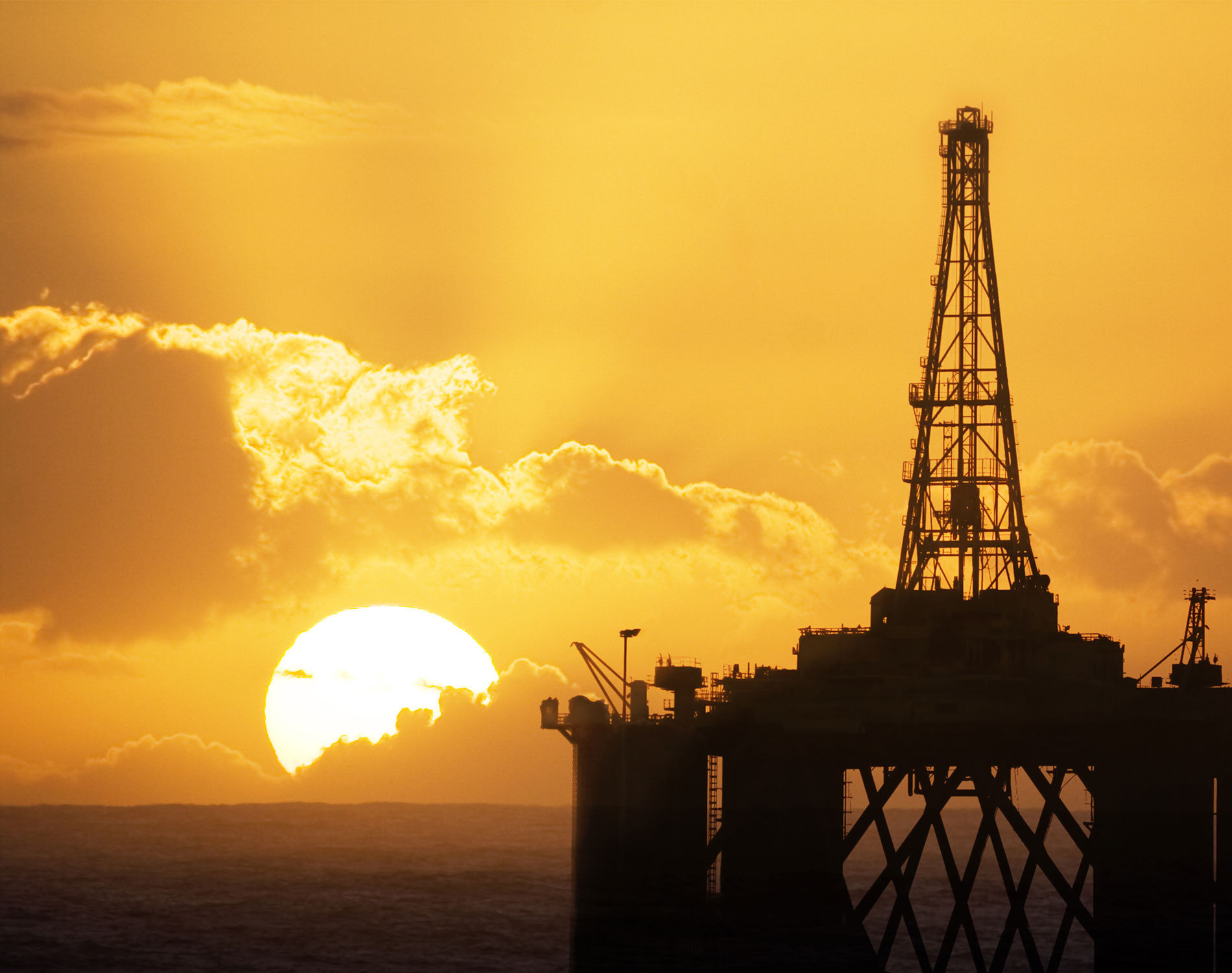

Tanzania aims to launch its 5th oil and gas licensing round by the end of 2023 in a move designed to revive interest in its largely dormant exploration and production sector.
After a blitz of offshore exploration, largely by Shell and Equinor, in the years to 2018, the focus point of the few oil companies that remain in Tanzania has centred on infill wells or improving existing well stock on coastal gas fields such as Mnazi Bay, Songo Songo, and Kiliwani North.
The anti-private sector policies of Tanzania’s late president John Magufuli saw oil companies divert funds elsewhere.
However, since President Samia Hassan’s rise to power in 2021, the oil and gas sector has seen signs of resurgence, with the $42 billion Tanzania LNG project back on the move, plans in hand to fully exploit the country’s 57 trillion cubic feet of gas resources and start exporting gas to neighbouring countries.
According to Felchesmi Mramba, Permanent Secretary at Tanzania’s Ministry of Energy, the proposed bid round will be Tanzania’s 1st in a decade.
“The last time we did one was 2013,” he told delegates at the recent East African Petroleum Conference in Kampala, adding that the country has “many areas with potential”.
Shigela Malosha, director of contracting and licensing at Pura, Tanzania’s upstream regulator, said the licensing round is due to be launched in December 2023 or January 2024 and is expected to consist of 26 freshly demarcated blocks, 11 in deep water and 15 onshore.
“I think we are going to mostly offer licenses in the eastern onshore,” added Pura geologist Faustine Matiku, pointing out that the areas likely to be open to bidding will lie in the Rufiji, Ruvuma, Mandawa, and Mafia Deep basins.
The government is in the process of pulling together all the data needed, including 2D and 3D seismic and well data, and is in talks with a multi-client data contractor.
Malosha said the Dodoma-based government is also reviewing legislation, including the model production sharing agreement from 2013 and the 2015 Petroleum Act, “to make sure that the legal and fiscal terms are aligned with the current business environment”.
Future offshore and onshore gas discoveries could be fed into a 553-kilometer pipeline that currently sends gas from the country’s three producing gas fields in the south to the Dar es Salaam area in the north.
In addition, of the 23 trillion cubic feet of gas that will supply the Tanzania LNG plant, 10% will be provided to the government to use as it feels fit.
Given the abundance of natural gas in Tanzania and the expectation more will be found, the Ministry of Energy, headed by January Makamba, is considering plans to export gas to Kenya, Uganda, and Zambia.
Mramba said “Zambia wants to have a gas pipeline running from Dar es Salaam to Lusaka”, potentially with a spur to Malawi, while discussions are underway about a 600-km line that could link Tanzania’s commercial center to Mombasa in Kenya.
There is also a proposal to build a gas pipeline parallel to the EACOP oil line running some 1400 km between eastern Tanzania and Kampala, with potential spur lines to Rwanda and Burundi.
11 blocks in Tanzania are currently active including three deep-water tracts operated by Shell (blocks 1 and 4) and Equinor (Block 2) that will feed some 26 Tcf of gas to the proposed liquefied natural gas plant at Lindi.
Orca Energy and Maurel & Prom are currently producing gas from the Songo Songo and Mnazi Bay fields, with Aminex feeding gas to market from its Kiliwani North field.
ARA Petroleum and Maurel & Prom, meanwhile, have secured development applications for their onshore Ntorya and Mukuranga gas finds.
Onshore exploration licenses, meanwhile, are held by Swala Oil & Gas, Dodsal, and ARA in the Kiloso-Kilombero, Ruvu, and Ruvuma onshore plays, respectively.
___
